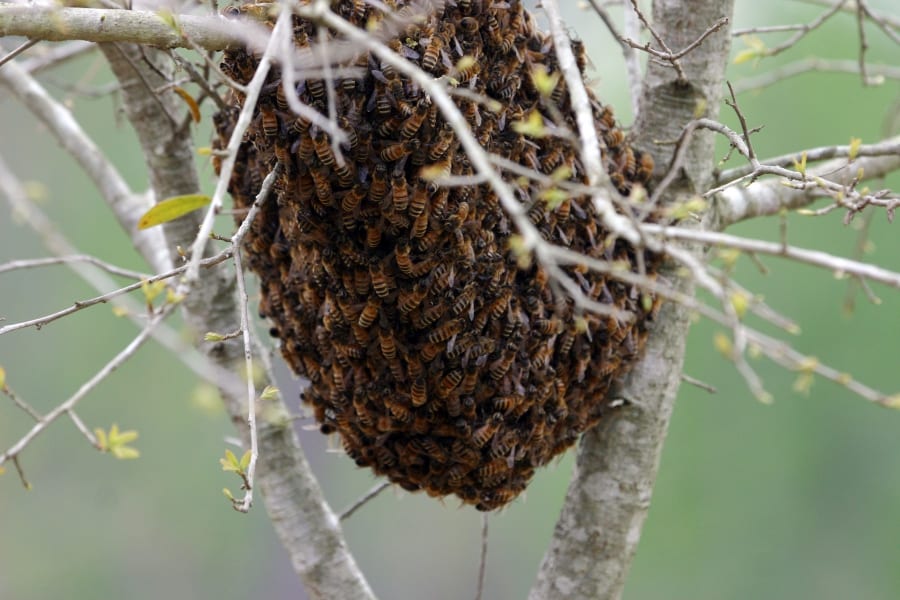
What Makes Up Your Honey Bee Colony
 Colonizing honey bees is something that is extraordinary to watch, but even more amazing to be a part of. Where we tend to lose sight is in all of the hard work that these bees are doing in order to provide us with the honey we love indulging in. At Blythewood Bee Co., we are passionate about honey bees, as well as the different types of equipment and supplies that go into creating this home for the bees. We see clearly just how precious this process is, and we hope you can have just as high of an appreciation for your very own bee colony by understanding what components make it all possible.
Colonizing honey bees is something that is extraordinary to watch, but even more amazing to be a part of. Where we tend to lose sight is in all of the hard work that these bees are doing in order to provide us with the honey we love indulging in. At Blythewood Bee Co., we are passionate about honey bees, as well as the different types of equipment and supplies that go into creating this home for the bees. We see clearly just how precious this process is, and we hope you can have just as high of an appreciation for your very own bee colony by understanding what components make it all possible.
Who Makes Up The Bee Colony
Your bee colony is going to be made up of three different types of bees. Each bee has a different role to play when it comes to the honey making process, but are all equally important in order for the honey to be made.
Queen Bee
Every hive will have one queen bee, no more, no less, in order to function. The job of this queen bee is to lay eggs within the hive in order to maintain the colony. Aside from that, the queen bee is also expected to hold the position of authority within the hive. This female bee is much larger than the rest of the bees in the hive and she is equally as powerful. In order to ensure that the queen bee is properly nourished to continue to maintain the population, the worker bees create a special diet known as royal jelly, that allows the queen bee to maintain good health.
Worker Bee
Your honey bee colony is going to have plenty of worker bees whose job is to collect food and water. They are also responsible for caring for all larvae and guarding the hive from any outside pests or predators. These bees are all female bees but have entirely different responsibilities than the queen bee.
Drone Bee
While the other two types of bees are females, the drone bees are the only bees in the hive that are male. These bees are also the bees that will not have stingers, and that’s because they don’t have a job that requires them to protect the hive in any way. These bees are responsible for mating with queens that are fertile.

It’s a Crowded Colony
Now that you know the different responsibilities of these bees and the part that they play in the hive, you can only imagine how crowded the beehive is. On average, there are anywhere from 10,000 to 60,000 bees in a hive depending on their location and how old the hive is. Bigger is better in this case, because the bigger the hive, the more honey is produced.
If you’re just getting started on your passion for keeping bees, or you are going on years of pursuing this passion, it’s important that you continue to remind yourself of the hard work that is put into making the honey. Make sure to keep up with our blog as we continue to dive into the various capabilities of honey bees and how you can enjoy everything they provide with the help of high-quality honey bee equipment from Blythewood Bee Co.



Leave a comment